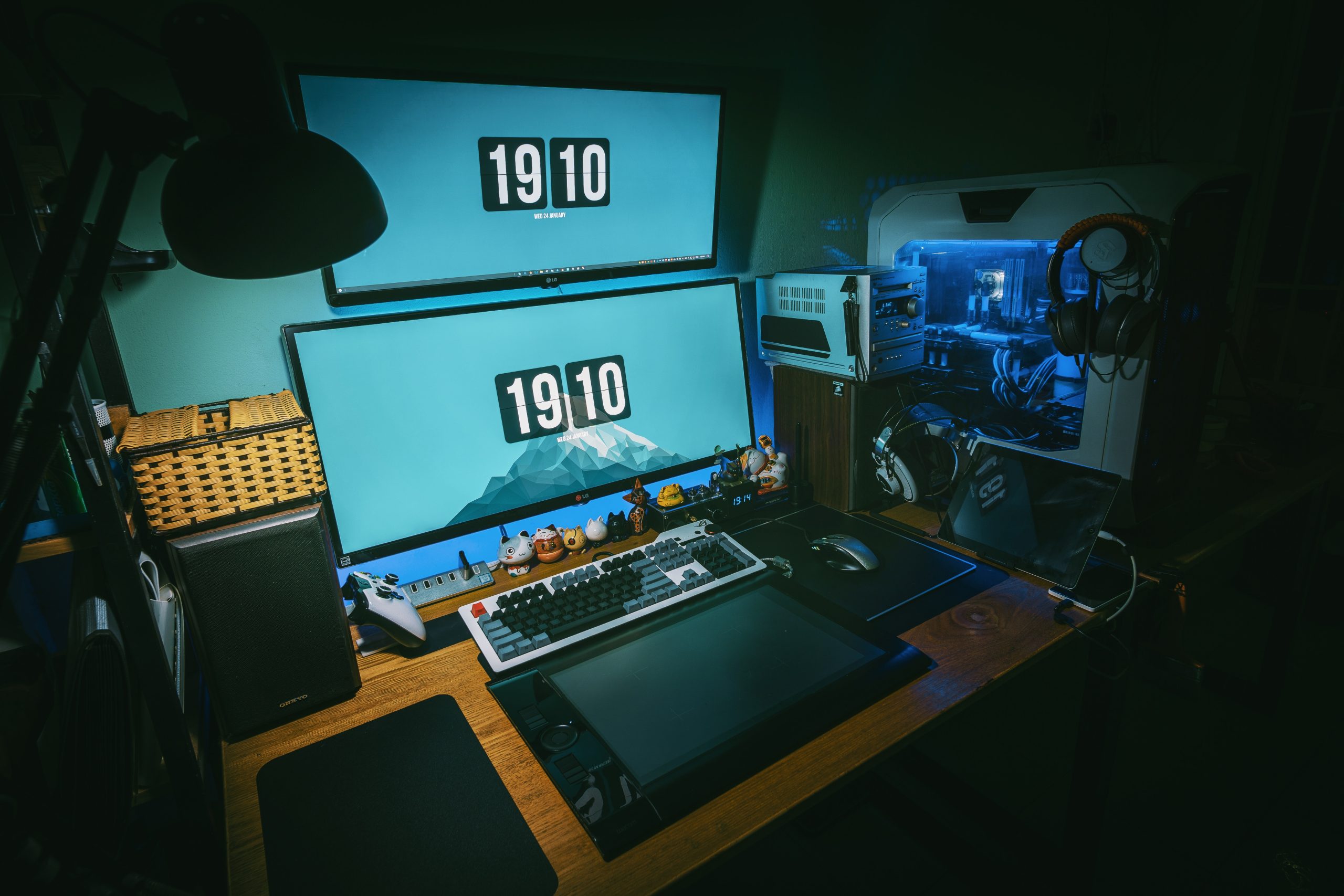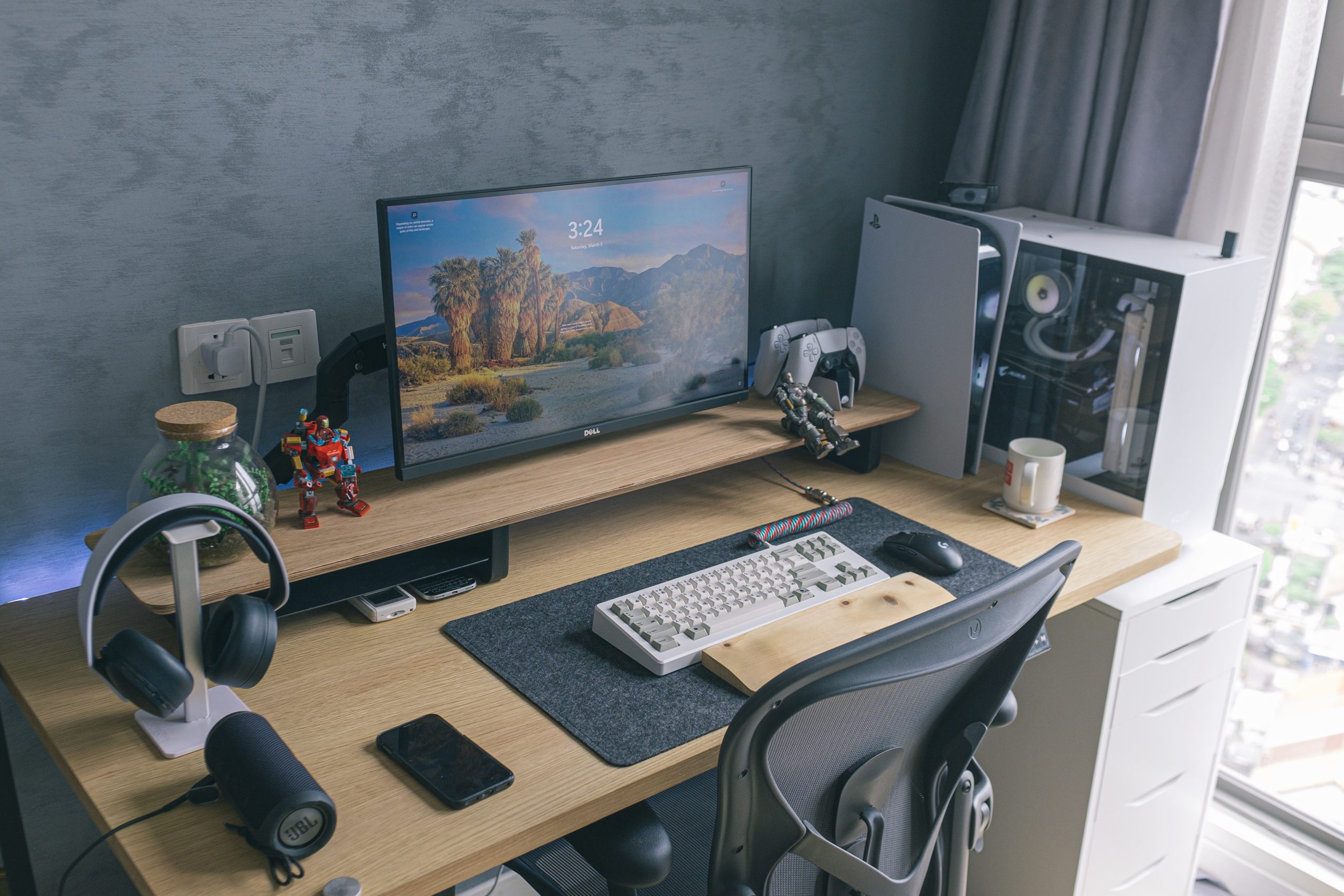The NVIDIA GeForce Game Ready driver is a critical component for gamers, as it ensures that their graphics card is optimized for the latest games and provides the best possible performance. However, sometimes users may encounter an issue where the installation of the driver cannot continue. This can be frustrating, especially for those who are eagerly waiting to try out the latest games. In this article, we will explore the reasons behind this issue and provide solutions to fix it.

Reasons Behind GeForce Game Ready Driver Installation Can’t Continue Issue
There can be several reasons why the installation of the GeForce Game Ready driver cannot continue. Below are some of the most common ones:
- Conflicting Software: One of the primary reasons why the installation of the GeForce Game Ready driver cannot continue is due to conflicting software. Sometimes, other graphics-related software may interfere with the installation process, causing it to fail.
- Corrupt Installation Files: If the installation files for the driver are corrupt or damaged, the installation process may fail.
- Outdated Operating System: If the user’s operating system is outdated or not compatible with the latest version of the driver, the installation may fail.
- Driver Update Failed: If the user has previously attempted to update their graphics card driver and the update failed, the installation of the new driver may also fail.
Solutions to Fix GeForce Game Ready Driver Installation Can’t Continue Issue
Fortunately, there are several solutions to fix the GeForce Game Ready driver installation issue. Below are some of the most effective solutions:
1. Disable Antivirus Software
Sometimes, antivirus software can interfere with the installation process of the driver. To fix this issue, users can temporarily disable their antivirus software while installing the driver. After the installation is complete, they can re-enable their antivirus software.
2. Remove Conflicting Software
If conflicting software is the reason behind the installation issue, users should remove any graphics-related software that may interfere with the installation process. This includes any overclocking software, graphics card utilities, or third-party software.
3. Use Safe Mode
Users can also try installing the driver in Safe Mode. Safe Mode is a Windows feature that loads only essential drivers and services, which can help isolate any issues related to conflicting software or services. To enter Safe Mode, users should restart their computer and press the F8 key repeatedly until the Advanced Boot Options menu appears. From there, they can select Safe Mode and try installing the driver.

4. Download Driver Again
If the installation files for the driver are corrupt or damaged, users should download the driver again from the NVIDIA website. They should ensure that they download the correct driver for their graphics card and operating system.
5. Uninstall Old Driver
If the user has previously attempted to update their graphics card driver and the update failed, they should uninstall the old driver before attempting to install the new one. To uninstall the old driver, users should open the Device Manager, right-click on their graphics card, and select Uninstall. They should then restart their computer and try installing the new driver.
6. Update Operating System
If the user’s operating system is outdated or not compatible with the latest version of the driver, they should update their operating system. Users can check for updates by going to Settings > Update & Security > Windows Update. They should then click on Check for Updates and follow the prompts to install any available updates.
7. Clean and Install the Driver
If none of the above solutions work, users can try a clean install of the driver. A clean install involves completely removing the old driver and then installing the new one. To perform a clean install, users should first uninstall the old driver using the steps outlined above. They should then download the latest driver from the NVIDIA website and save it to their gaming computer. Next, they should download Display Driver Uninstaller (DDU), a free tool that helps remove old graphics card drivers. They should then run DDU in Safe Mode to completely remove any old drivers. Once the old driver is removed, users can install the new driver using the installation file they downloaded from the NVIDIA website.
In conclusion, the installation of the NVIDIA GeForce Game Ready driver may fail due to various reasons, such as conflicting software, corrupt installation files, an outdated operating system, or a failed driver update. However, users can fix this issue by disabling antivirus software, removing conflicting software, using Safe Mode, downloading the driver again, uninstalling the old driver, updating the operating system, or performing a clean install of the driver. By following these troubleshooting steps, gamers can ensure that their graphics card is optimized for the latest games and provides the best possible performance.
